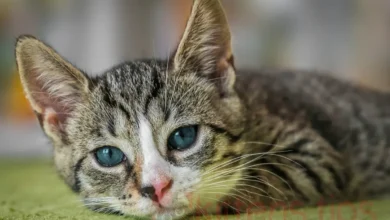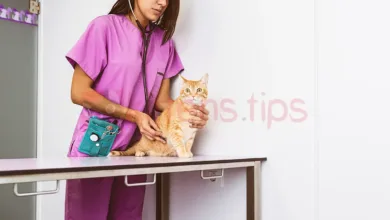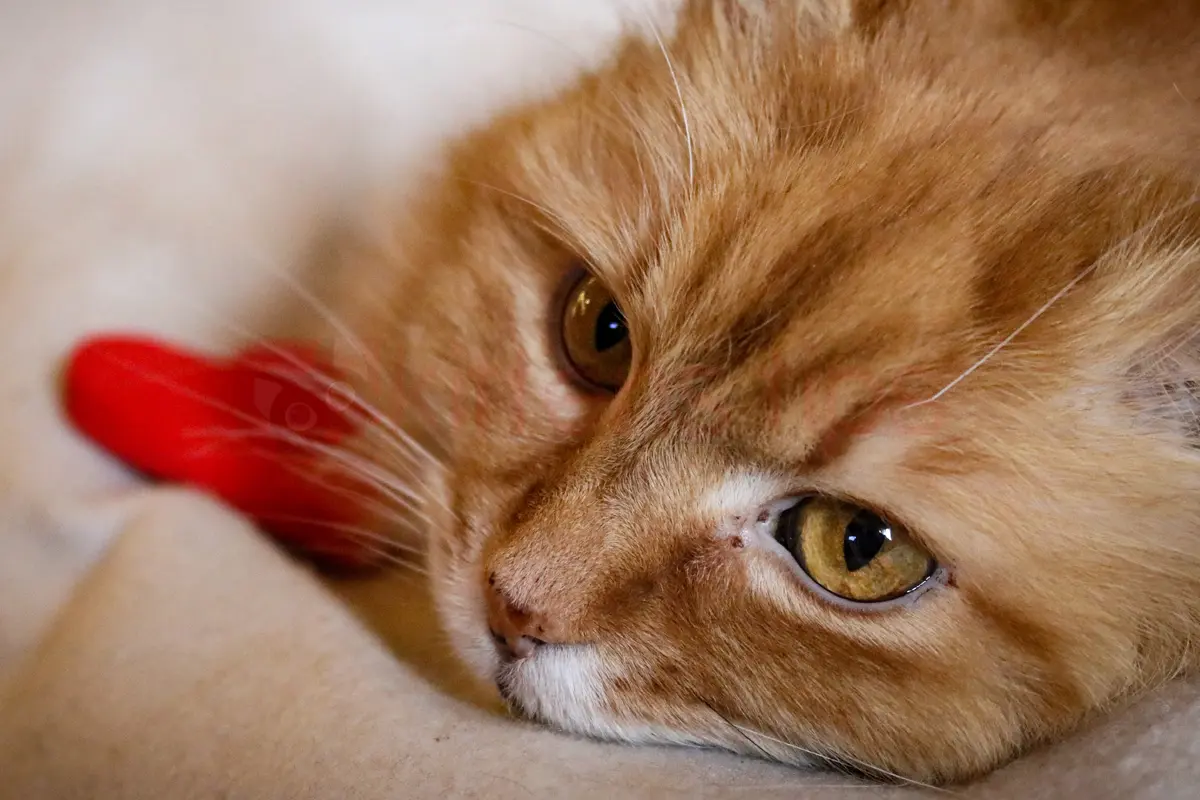
Hypertrophic Cardiomyopathy in Cats – Symptoms and Treatment
Hypertrophic Cardiomyopathy (HCM) in cats is one of the most common health issues, especially in breeds like Maine Coon and Ragdoll. However, many cases of hypertrophic cardiomyopathy have also been reported in Sphynx and British Shorthair cat breeds.
Most often, owners discover that their cat has this disease when it’s too late, as was the case with our 2-year and 6-month-old mixed Ragdoll cat, who suddenly passed away.
Let’s explore what hypertrophic cardiomyopathy (HCM) in cats means, what causes it, its symptoms, and how it can be treated.
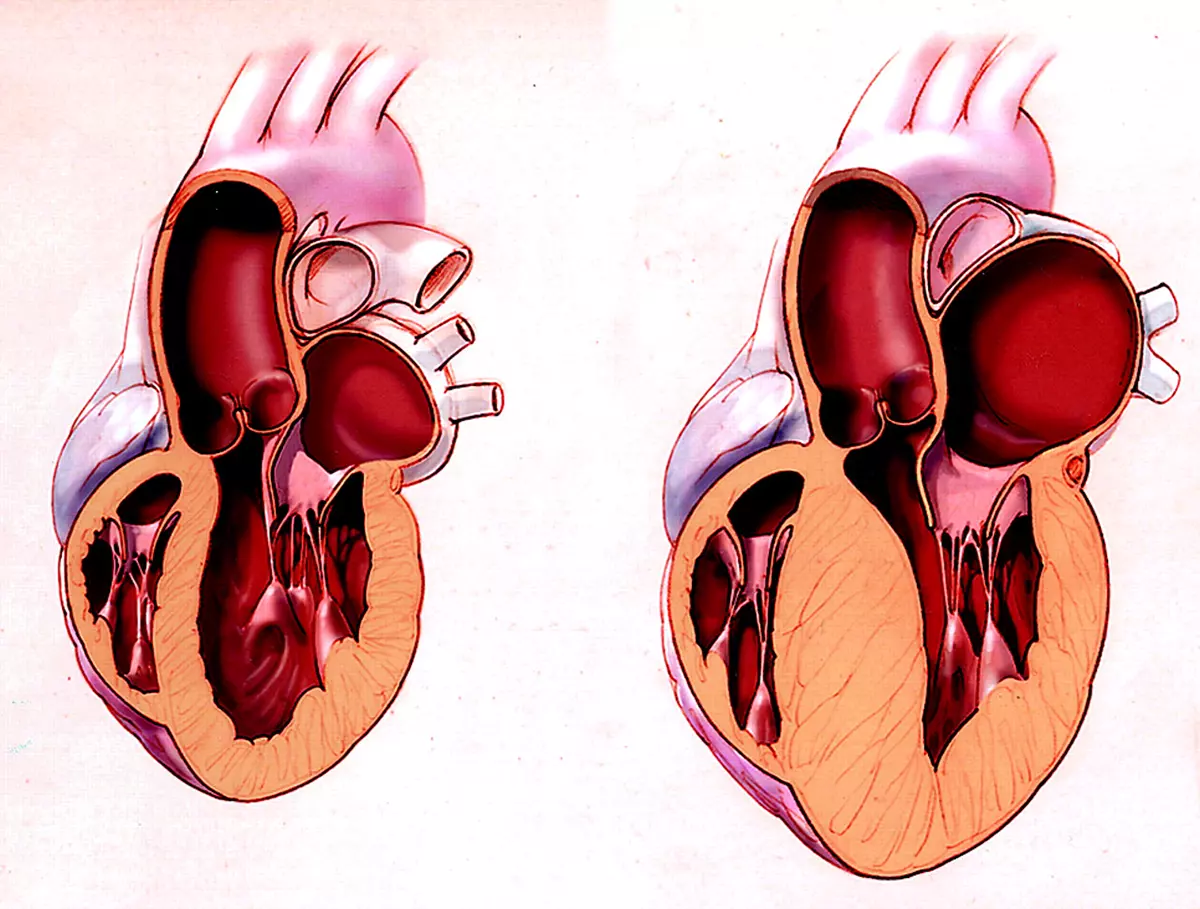
Table of Contents
What is Hypertrophic Cardiomyopathy in Cats?
As can be seen in the image above, on the right is a heart with thickened heart walls, which automatically leads to the narrowing of the chambers. Essentially, the left ventricle cannot fill properly with blood due to the thickening of the heart walls.
Causes of Hypertrophic Cardiomyopathy
The exact causes of this heart disease are not established, but it appears to have a strong genetic component with a high likelihood of hereditary transmission.
Breeds predisposed to hypertrophic cardiomyopathy include Ragdoll, Norwegian Forest, Sphynx, Persian, Maine Coon, and British Shorthair cats. The majority of cases are recorded among Ragdoll cats.
How does it manifest? Symptoms
As mentioned at the beginning of this article, owners often don’t realize that their cat may be suffering from this disease until it’s too late. Cats have a very good ability to hide their health problems. Generally, if a cat has an ailment, it will avoid certain movements or actions.
In cats suffering from hypertrophic cardiomyopathy, symptoms may include dyspnea (difficulty breathing), reduced tolerance for physical exertion, rapid breathing with an open mouth during moderate exertion, or even limb paralysis/paresthesia. Limb paralysis is the result of thrombi (blood clots) formed in the heart, which can dislodge and block certain arteries.
How to Determine if a Cat is Suffering from Hypertrophic Cardiomyopathy?
The most reliable way is through a thorough medical examination in which the veterinarian will conduct specific tests. An ECG (electrocardiogram) can help identify heart anomalies, and an echocardiogram (heart ultrasound) can provide immediate insight into whether the thickness of the left ventricular wall is correct and if the heart exhibits specific changes associated with this disease.
You can tell something is amiss with your cat if you notice that it tires very quickly, appears lethargic, breathes with an open mouth, and has abnormally rapid breathing during moderate activity.
Treatment for Hypertrophic Cardiomyopathy (HCM) in Cats
Unfortunately, there is no cure for hypertrophic cardiomyopathy (HCM) in cats, only therapies aimed at alleviating symptoms and supporting the quality of life.
Oxygen therapy (a technique designed to compensate for the lack of oxygen in the blood) greatly helps support respiratory muscles and prevent hypoventilation (oxygen deficiency).
The veterinarian will determine the correct medication and therapy for this cardiac condition in your cat.
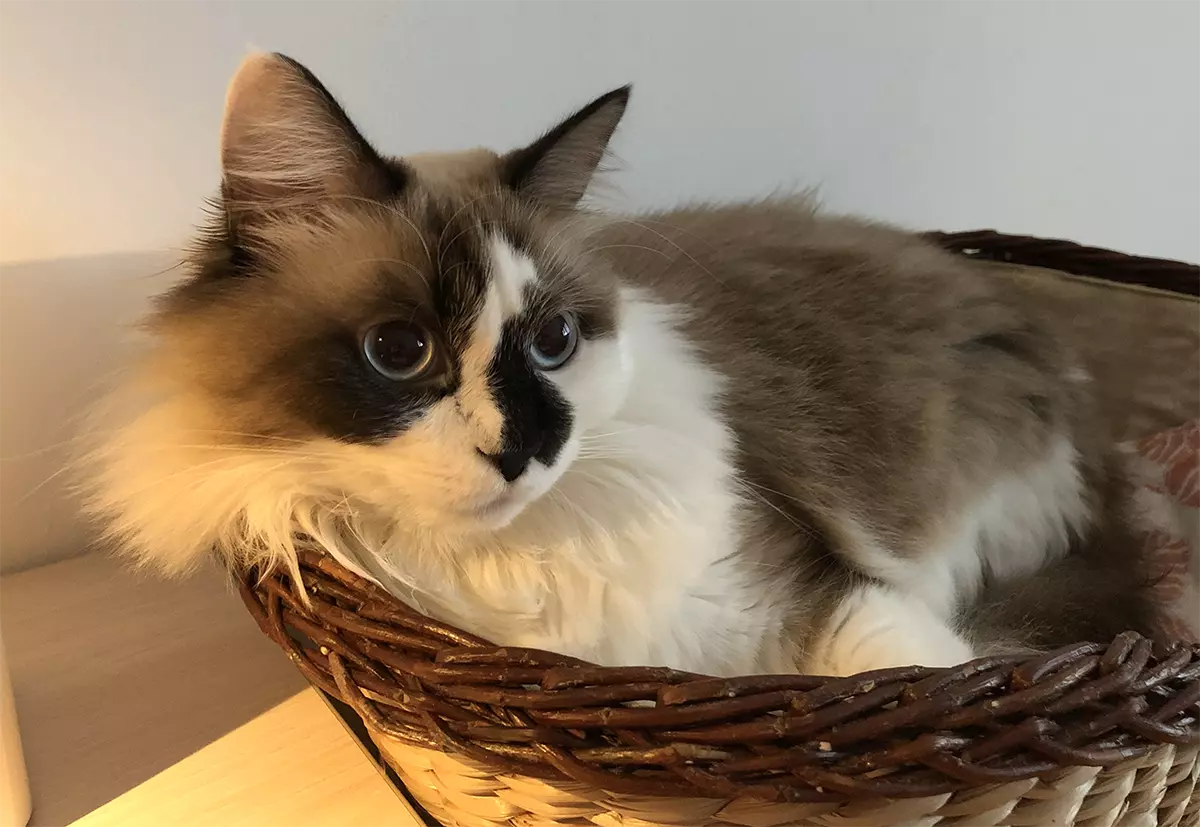
Very importantly, after a cat has been diagnosed with this condition, regular veterinarian check-ups are essential, and the cat should be spared from exertion. Playtime with other cats can be fatal for cats with HCM.
